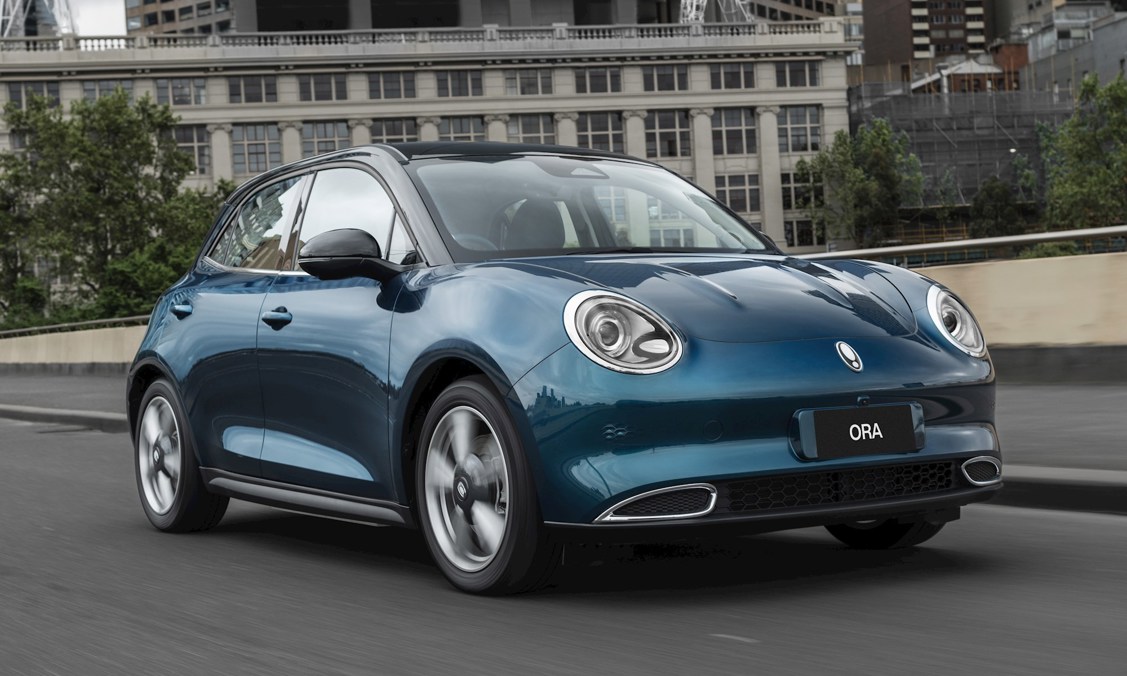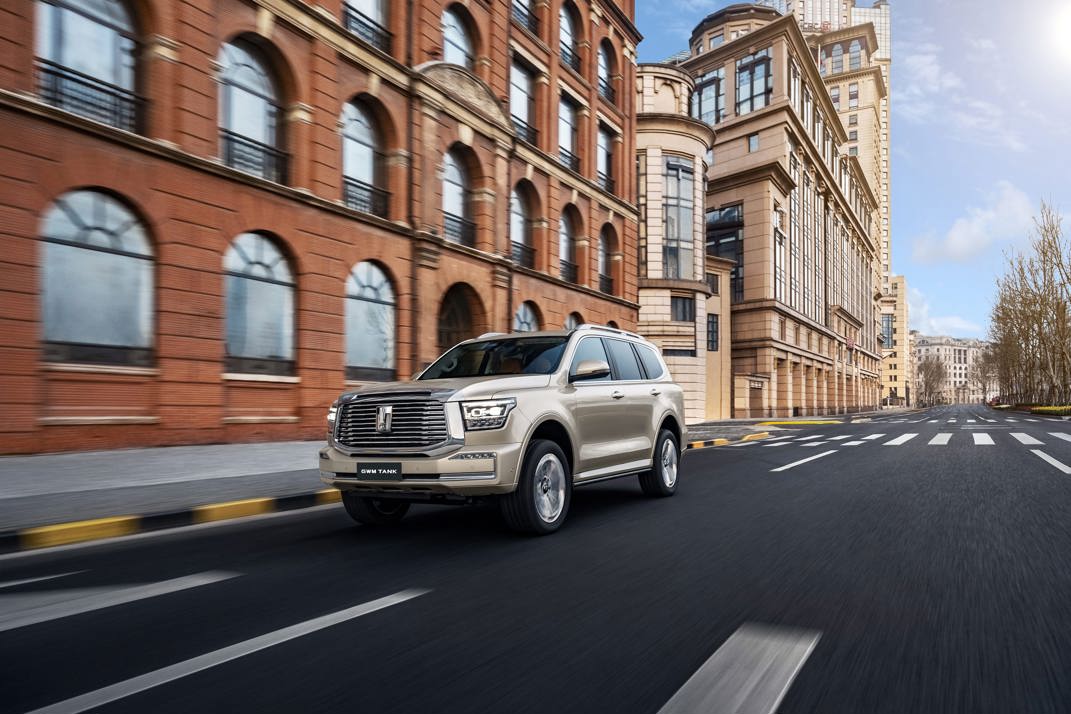Recalibration of crash avoidance and driver alert systems in vehicles from GWM is coming.

Concerns about over-zealous, occasionally bizarre behaviour from the DMS (driver monitoring) and ADAS (advanced driver assistance systems) in products across the multi-tendrilled Chinese car make’s portfolio have hit home.
The make acknowledges the technology isn’t wholly sorted for New Zealand and Australia, so engineers from China are rewriting the software.
This will go into all forthcoming cars coming here and avail as a no-cost update for those already in ownership.

GWM senior staff, including Haval Motors Australia managing director Charles Zhao, opened up about this at a drive day for potential future products in Queensland on September 2.
Zhao said while he could not say exactly when the software will be ready, he expected that will happen soon.
“A lot of the engineering evaluation has been done, benchmarking has been done and the engineers are working on what rollout of that could look like at the moment.”

The engineers were conducting their work just in Australia, because they are confident road conditions there are largely akin to ours.
NZ opinion counts equally to feedback from across the Tasman, said Steve Maciver, GWM Australia head of marketing and communications.
“The company motto is ‘improving little by little every day’. We take all those pieces of feedback and we try and improve the product, that's the path that we're on. The ADAS is one of the areas we're looking at.”
The GWM Jolion crossover, Cannon/Cannon Alpha ute, Ora small car and Haval products are among those models set to be adjusted.
ADAS includes autonomous emergency braking (AEB), lane keep assist, lane departure warning, blind-spot detection, and other types of crash-prevention technologies.
These work best when combined with DMS, which in the GWM products uses a camera, normally on the driver’s side A-pillar, that monitors a driver for signs of tiredness.
The technology is required for consideration of achieving a top safety score from the Australasian New Car Assessment Programme that is New Zealand’s national standard.
Ironically, China-market equivalents of the cars sold here do always not have DMS, because it is not mandated there.
Errant calibration of the export versions seems to be an issue that’s been highlighted in media tests the brand says it has taken note of.
Issues range from the DMS urging drivers to take a break just minutes into starting out a journey and the ADAS alerting phantom transgressions.
GWM won’t remove hardware because that would jeopardise ANCAP (or European NCAP) scores. Also, the cars would likely have to be retested, a huge cost.
“A lot of these things might potentially impact the ANCAP scores we have. If a car has five stars, we would not want it to reduce to four. We have to make sure ANCAP is okay with changes we make,” said a spokesman with deep understanding of how the systems interact.
Potentially all sorts of fixes are likely.
Specific to the DMS, it’s probable that, rather than conning to vocalise an entire alert message, that might become a single word or even just a sound. The volume of the alert sounds will also reduce.
ADAS revisions might well include making the braking, steering assist and lane keep interactions less intrusive.
The work is expensive and exacting, but customers won’t be exposed to that.
Whatever the improvements, GWM has also reminded that its DMS is more advanced than many, in that it monitors both fatigue and distraction. Many others only looked for signs of tiredness, the brand’s technical expert said.
“Theirs will just notice when you’re starting to nod off, your eyes are closed and the car begins to veer.
“Ours is a lot more interactive because it actually looks at your eyes and sees what you are looking at. So our system has a lot more functions, a lot more things it looks out for.”




